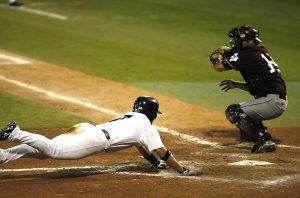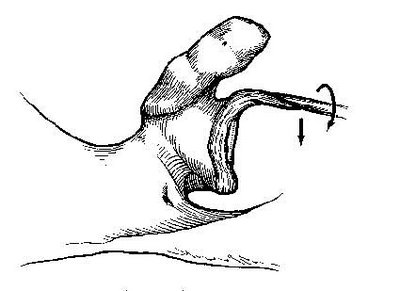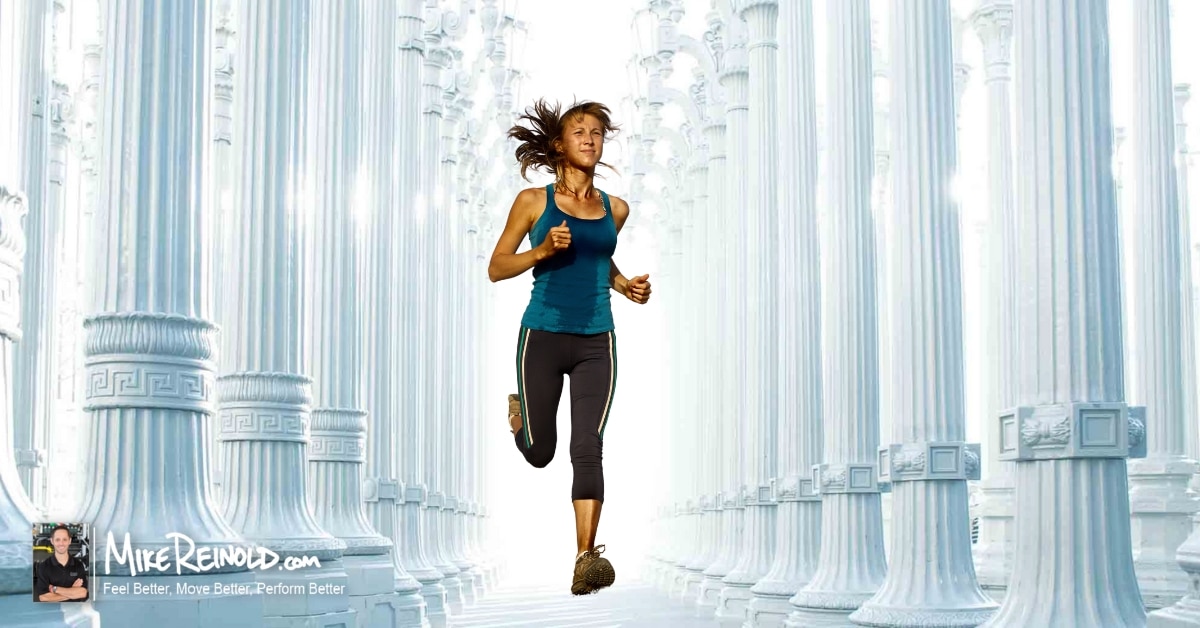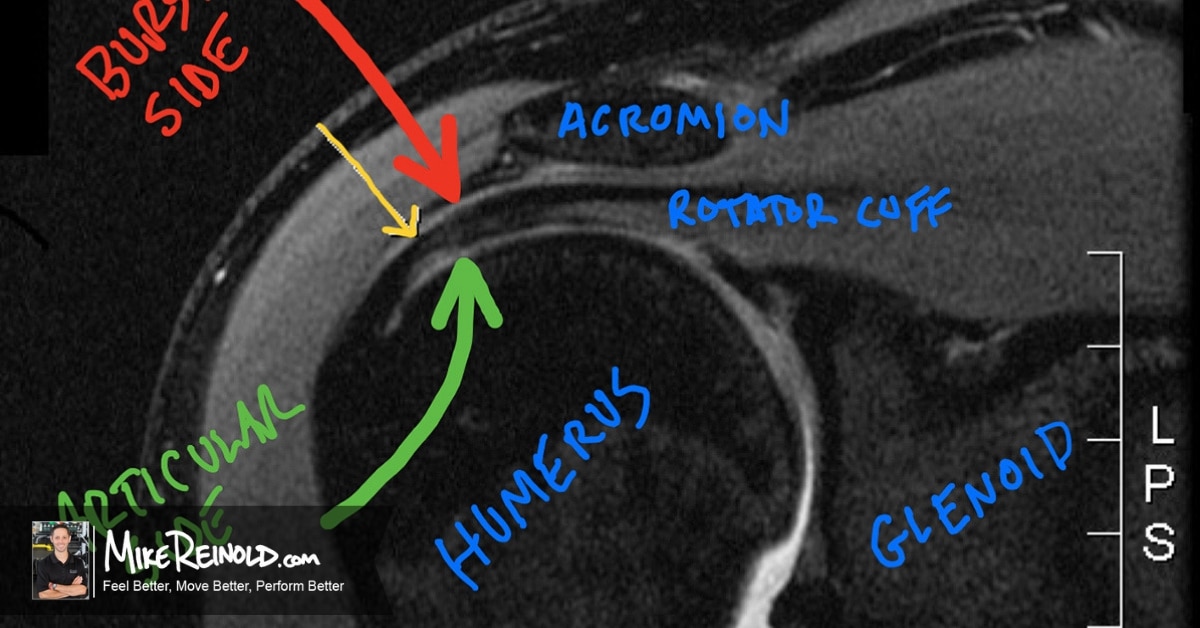SLAP tears of the shoulder can occur for a variety of reasons, from a traumatic fall to wear-and-tear over time, to more specific injuries that we see in overhead athletes like baseball players.
But that’s a common question I here often.
Now that we have discussed the different types and classification of SLAP tears to the superior labrum, I wanted to now talk about how these shoulder injuries occur. There are several injury mechanisms that are speculated to be responsible for creating a SLAP lesion. These mechanisms range from single traumatic events to repetitive microtraumatic injuries.
- Part 1: Classification of SLAP Lesions
- Part 2: Mechanism of SLAP injuries (Your are here)
- Part 3: Special Tests for SLAP Lesions
- Part 4: How to Choose Which SLAP Test to Perform
Traumatic SLAP Injuries

To be honest with you, I don’t know if this is actually the underlying cause of the SLAP lesion. I have questioned this theory in the past and don’t know the answer, but part of me at least wonders if these patients already had a certain degree of pathology to their superior labrum and the acute injury led to a MRI and diagnosis of a SLAP tear.
Essentially the MRI may have found an old SLAP tear.
Repetitive Overhead Activities
Repetitive overhead activity, such as throwing a baseball and other overhead sports, is another common mechanism of injury frequently responsible for producing SLAP injuries.
This is the type of SLAP lesion that we most often see in our athletes. In 1985, Dr. Andrews first hypothesized that SLAP pathology in overhead throwing athletes was the result of the high eccentric activity of the biceps brachii during the arm deceleration and follow-through phases of the overhead throw. To determine this, they applied electrical stimulation to the biceps during arthroscopic evaluation and noted that the biceps contraction raised the labrum off of the glenoid rim.
Burkhart and Morgan have since hypothesized a “peel back” mechanism that produces SLAP lesion in the overhead athlete. They suggest that when the shoulder is placed in a position of abduction and maximal external rotation, the rotation produces a twist at the base of the biceps, transmitting torsional force to the anchor.
This mechanism has received a lot of attention and several studies seem to show its accuracy.
Pradham measured superior labral strain in a cadaveric model during each phase of the throwing motion. They noted that increased superior labral strain occurred during the late-cocking phase of throwing.
Another study from ASMI simulated each of these mechanisms using cadaveric models. Nine pairs of cadaveric shoulders were loaded to biceps anchor complex failure in either a position of simulated in-line loading (similar to the deceleration phase of throwing) or simulated peel back mechanism (similar to the cocking phase of overhead throwing). Results showed that 7 of 8 of the in-line loading group failed in the midsubstance of the biceps tendon with 1 of 8 fracturing at the supraglenoid tubercle. However, all 8 of the simulated peel back group failures resulted in a type II SLAP lesion. The ultimate strength of the biceps anchor was significantly different when the 2 loading techniques were compared. The biceps anchor demonstrated significantly higher ultimate strength with the in-line loading (508 N) as opposed to the ultimate strength seen during the peel back loading mechanism (202 N).
You can see photos of the study below. The first photo is a normal glenoid with the labrum and attaching long head of the biceps. The second photo is the simulation of the traction and eccentric biceps contraction. The final photo is simulation of the peel-back lesion.
In theory, SLAP lesions most likely occur in overhead athletes from a combination of these 2 previously described forces. The eccentric biceps activity during deceleration may serve to weaken the biceps-labrum complex, while the torsional peel back force may result in the posterosuperior detachment of the labral anchor.
 Learn Exactly How I Evaluate and Treat the Shoulder
Learn Exactly How I Evaluate and Treat the Shoulder
If you want to learn even more about the shoulder, my online course will teach you exactly how I evaluate and treat the shoulder. It is packed with tons of educational content that will help you master the shoulder, including detailed information on the clinical examination and treatment of SLAP tears.








